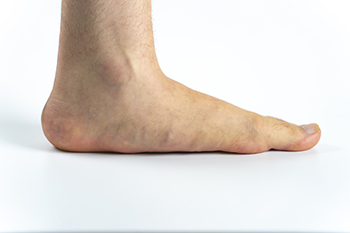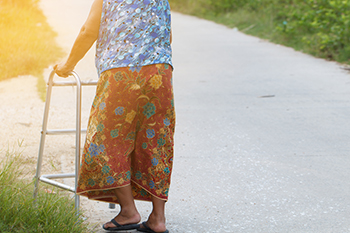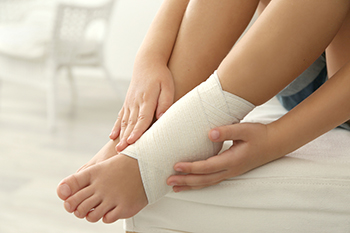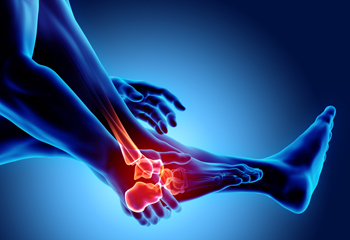
People who have flat feet may notice their gait is affected by their abnormal foot structure. The majority of babies are born with flat feet, and the arch generally develops in the teenage years. Adults who have flat feet may have acquired this condition genetically, and certain stretches can be done that may help existing pain and stiffness. There are two shin muscles that contribute to the shape of the arch. An effective stretch is called the “windshield wiper” and can be done by sitting in a chair, followed by lifting the toes toward the shin, and away from the body. After holding this stretch for a few seconds, return to the original position. The toes can be brought up again facing inward toward the body. Many people enjoy practicing the “towel scrunch” by placing their feet on a towel while sitting in a chair. The toes are curled as the towel gets scrunched, and this is continued until the far edge of the towel is under the foot. There are many exercises that can help flat feet, and if you are afflicted with this condition, please consult with a podiatrist.
Flatfoot is a condition many people suffer from. If you have flat feet, contact one of our podiatrists from Carolina Foot & Ankle Specialists. Our doctors will treat your foot and ankle needs.
What Are Flat Feet?
Flatfoot is a condition in which the arch of the foot is depressed and the sole of the foot is almost completely in contact with the ground. About 20-30% of the population generally has flat feet because their arches never formed during growth.
Conditions & Problems:
Having flat feet makes it difficult to run or walk because of the stress placed on the ankles.
Alignment – The general alignment of your legs can be disrupted, because the ankles move inward which can cause major discomfort.
Knees – If you have complications with your knees, flat feet can be a contributor to arthritis in that area.
Symptoms
- Pain around the heel or arch area
- Trouble standing on the tip toe
- Swelling around the inside of the ankle
- Flat look to one or both feet
- Having your shoes feel uneven when worn
Treatment
If you are experiencing pain and stress on the foot you may weaken the posterior tibial tendon, which runs around the inside of the ankle.
If you have any questions please feel free to contact our offices located in Mount Pleasant and Charleston, SC . We offer the newest diagnostic and treatment technologies for all your foot and ankle needs.






